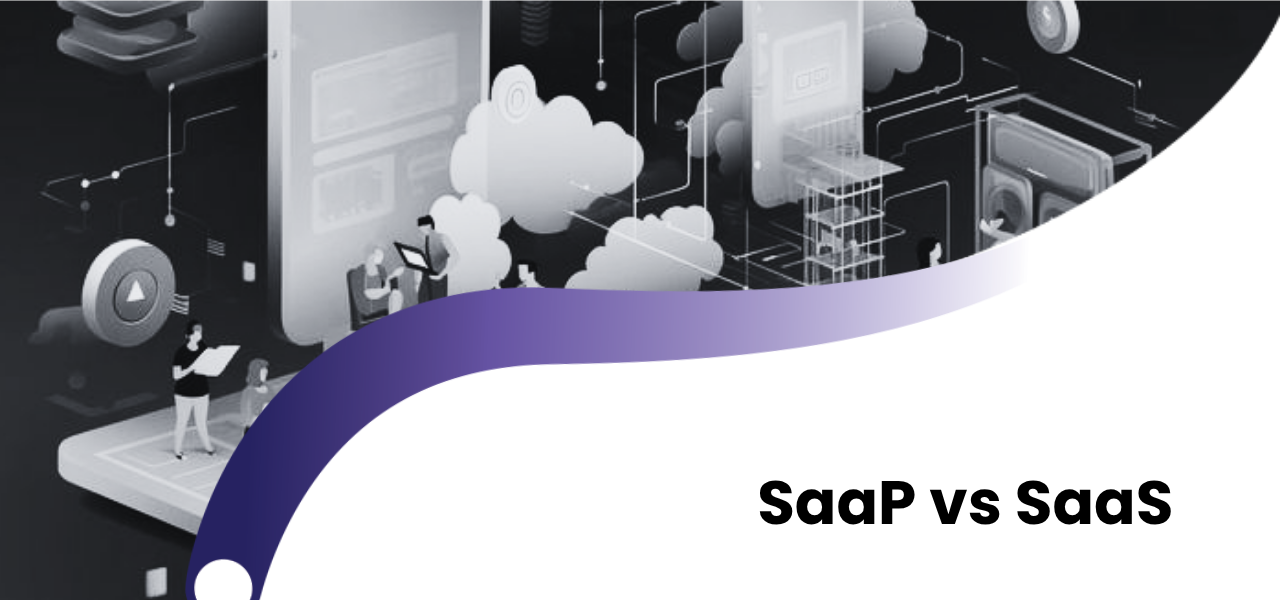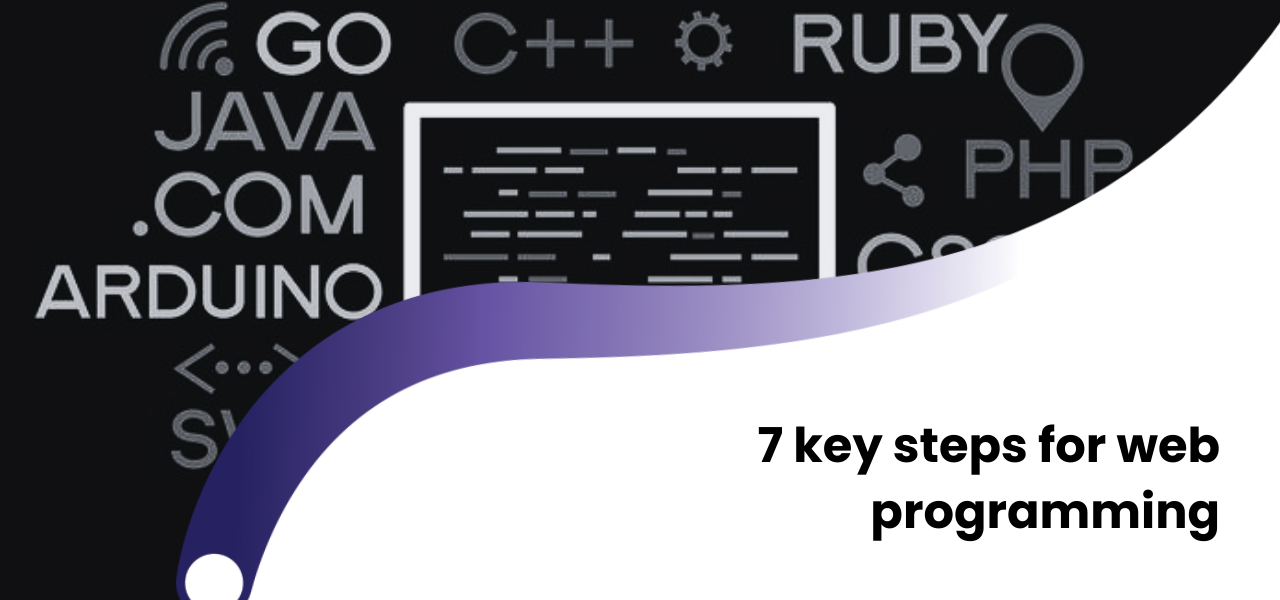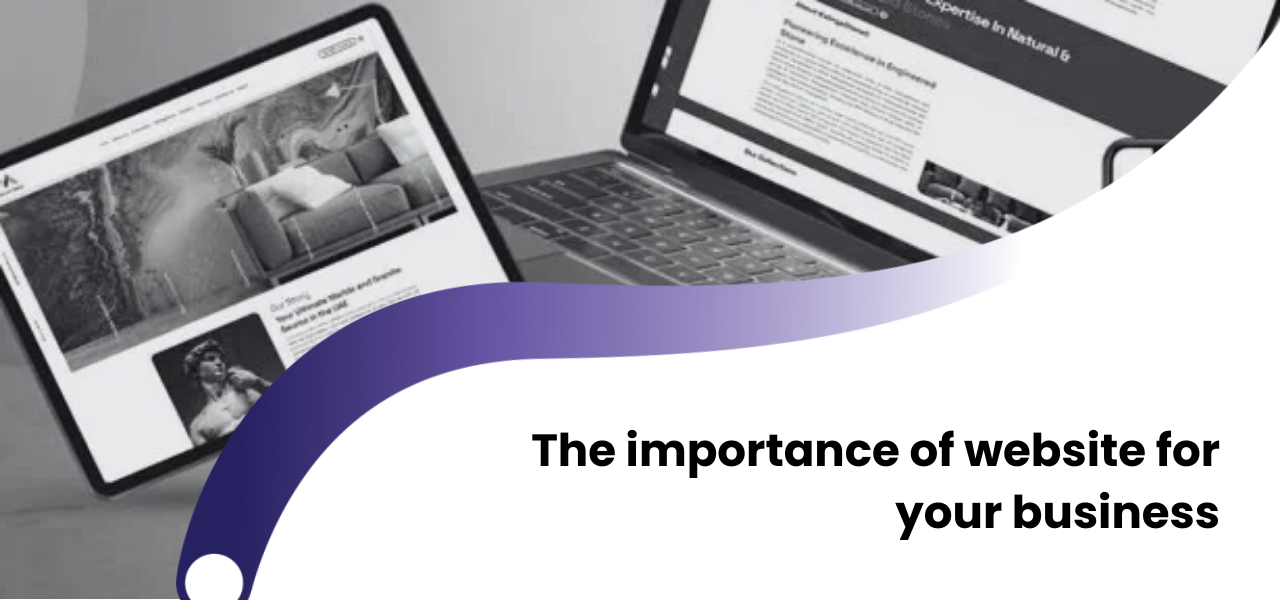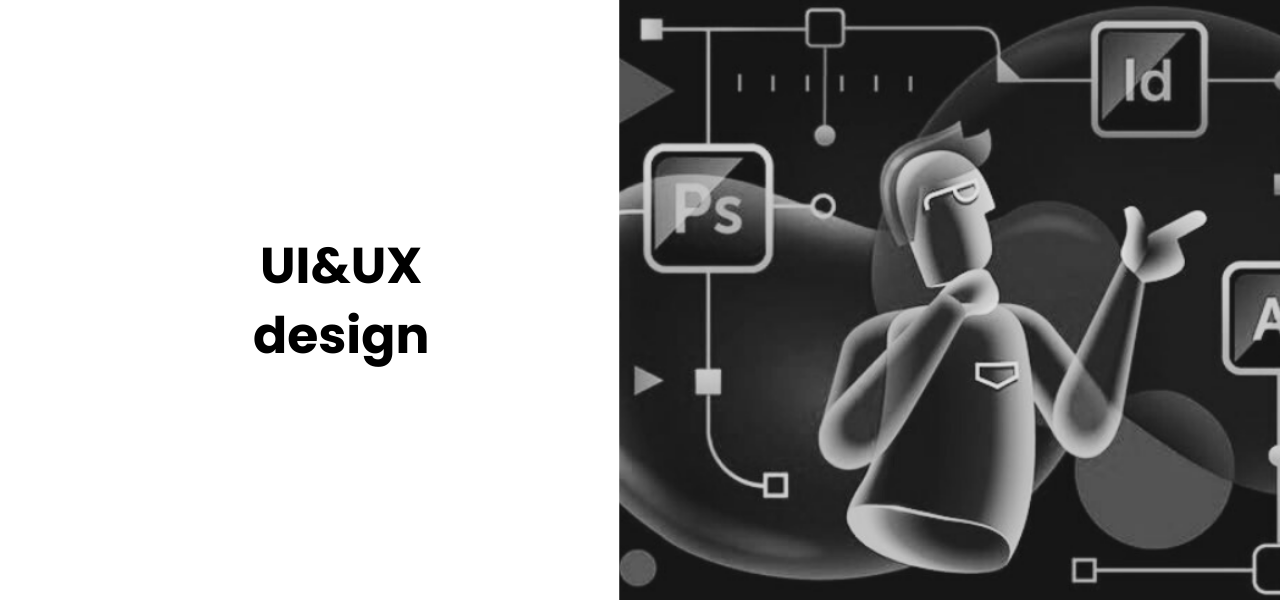This article explains what software is, how it is used, and when it is referred to as a product and when as a service.
What is Software?
Software is a collection of instructions that tells a computer what to do. In other words, software consists of the programs that create and execute all the algorithms we perform on a computer. The main goal of software is to meet user and business needs in an efficient and secure way while delivering a reliable product.
How Does Software Work?
Modern enterprises often adopt models such as DevOps, which is a set of practices, protocols, and technologies that enable the rapid and high-quality development of software products. Software is used in every aspect of daily life, and software development is the essential process that brings applications and systems to life.
There are various types of software based on different needs:
System Software
This type handles core functions of a system, such as operating systems, utility tools, and disk management.Programming Software
This software category includes the tools used by developers to write and manage code — such as text editors, compilers, linkers, and debuggers.Application Software
These are applications designed to help users perform specific tasks — like apps used for online shopping or social media interaction.- Embedded Software
This type is used in devices that are not typically considered computers, such as telecommunications systems, cars, industrial robots, etc. These devices and their software can be connected through the Internet of Things (IoT).
Product or Service: What's the Difference?
In some sources, software is referred to as a “product”, while in others, it’s labeled as a “service.” The terminology used depends on the delivery model and how the software is utilized. Understanding this distinction helps determine how software is intended to be used and what kind of value it provides.
Software as a Product (SaaP)
SaaP solutions require the user to purchase a license and host the software on their own systems. These are typically one-time purchases and do not require monthly fees. However, they often come with ongoing maintenance and update costs.
Example: Adobe Photoshop (traditional version)
Users purchase a license and gain full ownership of the software.
No monthly subscription fees were required.
Users could upgrade to a new version for an additional cost.
The company provided technical support and security updates for a limited period.
Software as a Service (SaaS)
In the SaaS model, applications and data are hosted in the cloud, stored on the provider’s servers, and accessed via the internet. Organizations pay regular subscription fees to use the service. The provider ensures access based on agreed-upon security, availability, and performance standards. All that’s needed is an internet connection.
Example: Google Workspace
Software and user files are stored on Google’s cloud servers.
Users only need an internet connection and a browser to access the apps.
Security, performance, and availability are all managed by Google.
Software is now an essential part of every organization’s operations, and the way it is delivered can significantly impact business success. The SaaP model offers local installation and full ownership with one-time payment, while the SaaS model provides flexible, scalable, cloud-based solutions with remote access.
The right choice between SaaP and SaaS depends on the organization’s size, technical resources, security requirements, and growth plans. Most importantly, choosing the right software model enables organizations to operate more efficiently, remain competitive, and embrace innovation.
1. When is software considered a "product" and when a "service"?
If the software is purchased as a one-time license and installed locally by the user, it is considered a product (SaaP). If it is delivered over the cloud and accessed via a subscription, it is considered a service (SaaS).
2. What is the main difference between SaaP and SaaS models?
SaaP – One-time payment, local installation, offline access
SaaS – Subscription-based, cloud delivery, continuous updates and support
3. Which model is more suitable for small businesses?
In most cases, SaaS solutions are more cost-effective for small businesses. They don’t require in-house servers or technical teams, can scale easily, and have lower upfront costs.
4. Is it possible to use software offline?
Yes. SaaP-based software can usually run without an internet connection. For example, earlier versions of Adobe Photoshop are good examples.
5. Is SaaS secure?
If the provider follows high security standards and encrypts your data, SaaS solutions can be very secure. However, since your data is stored on third-party servers, it’s important to remain aware of potential risks.
 +994512060920
+994512060920





